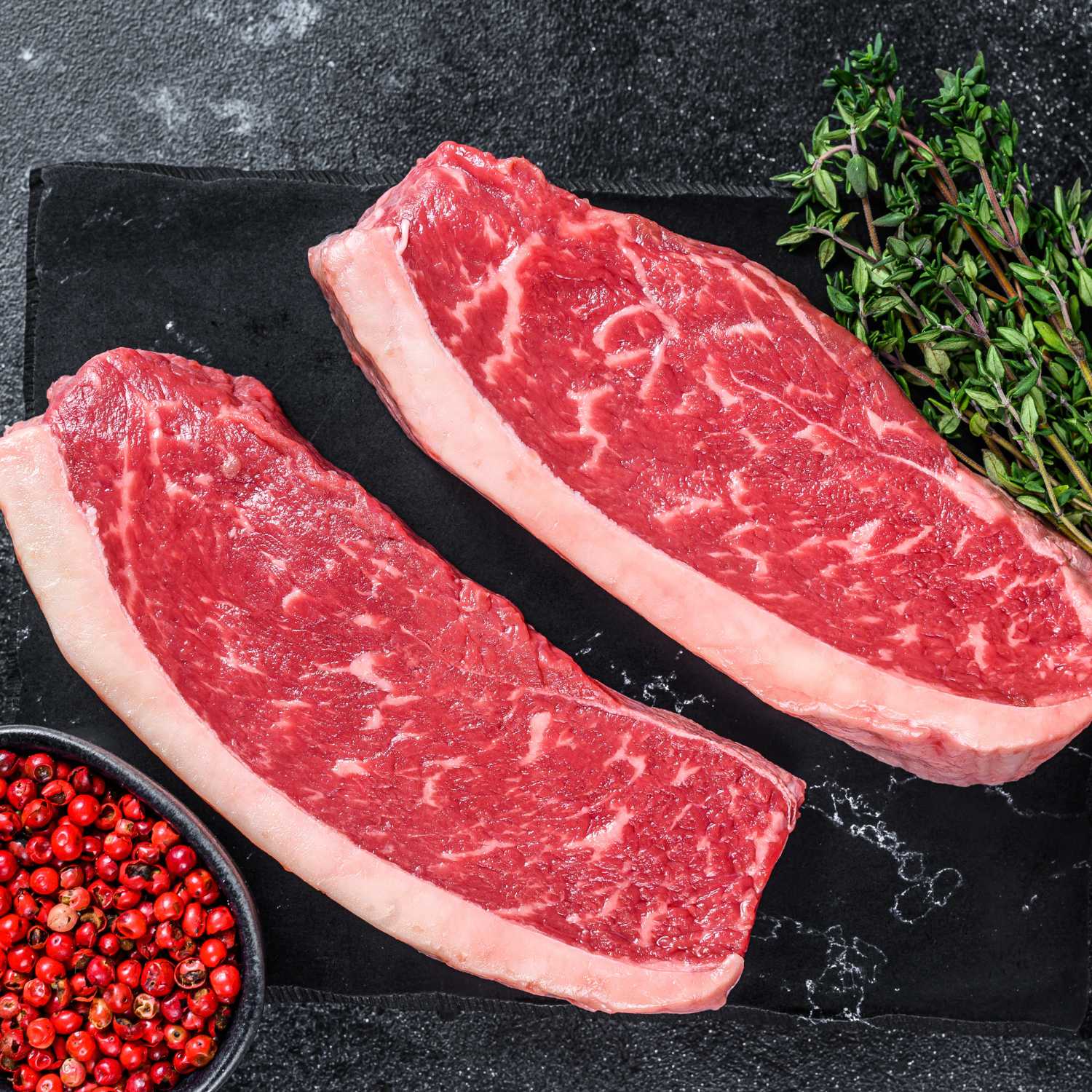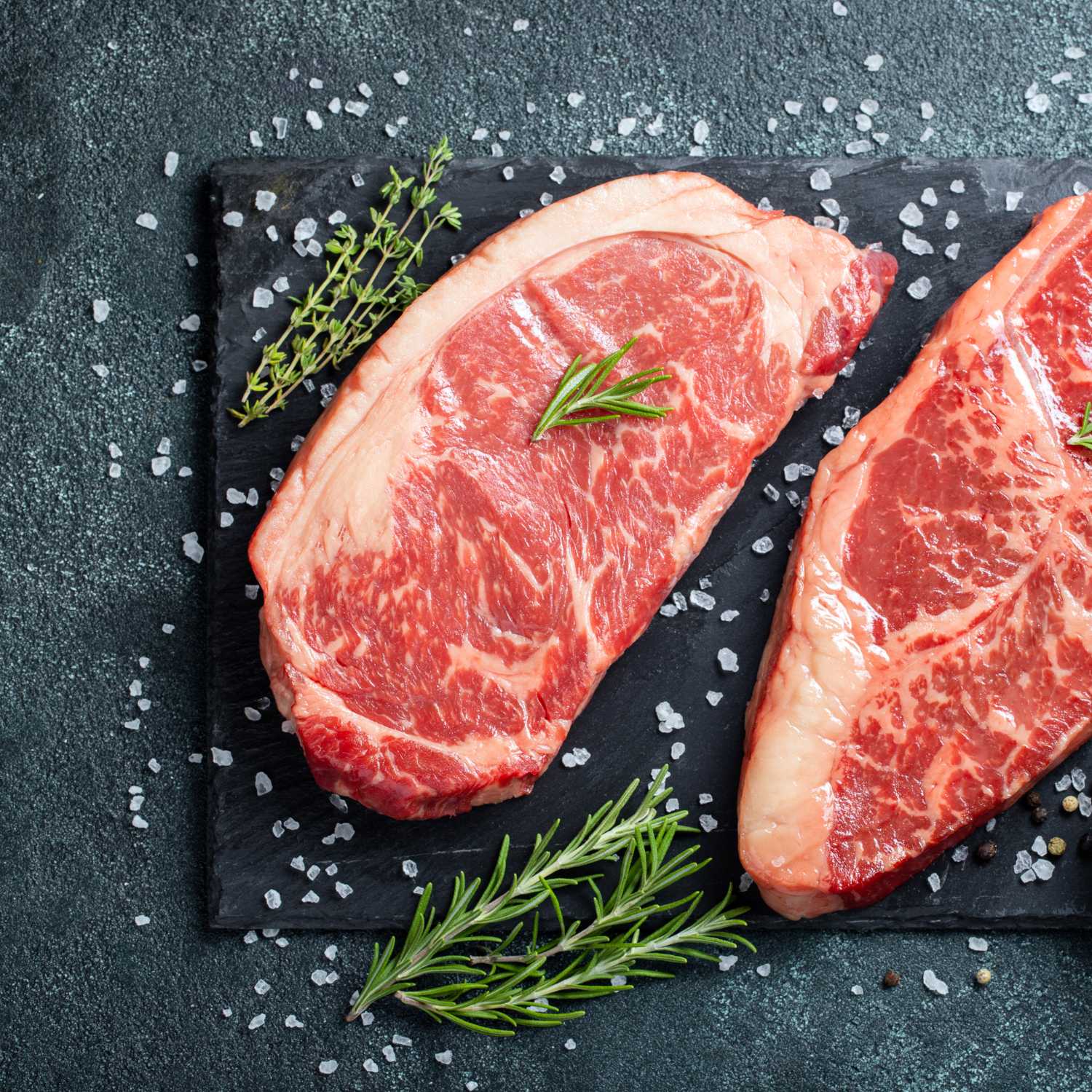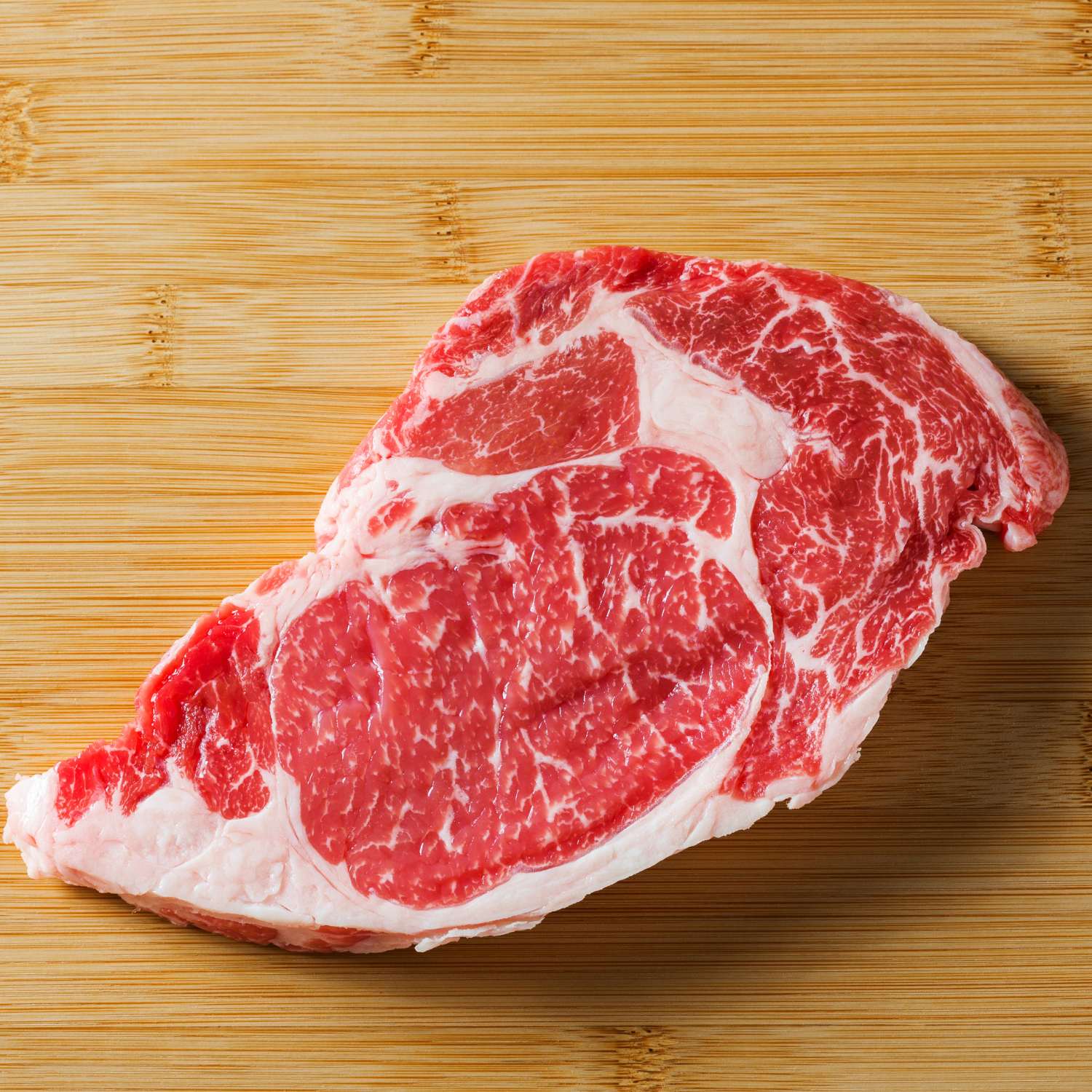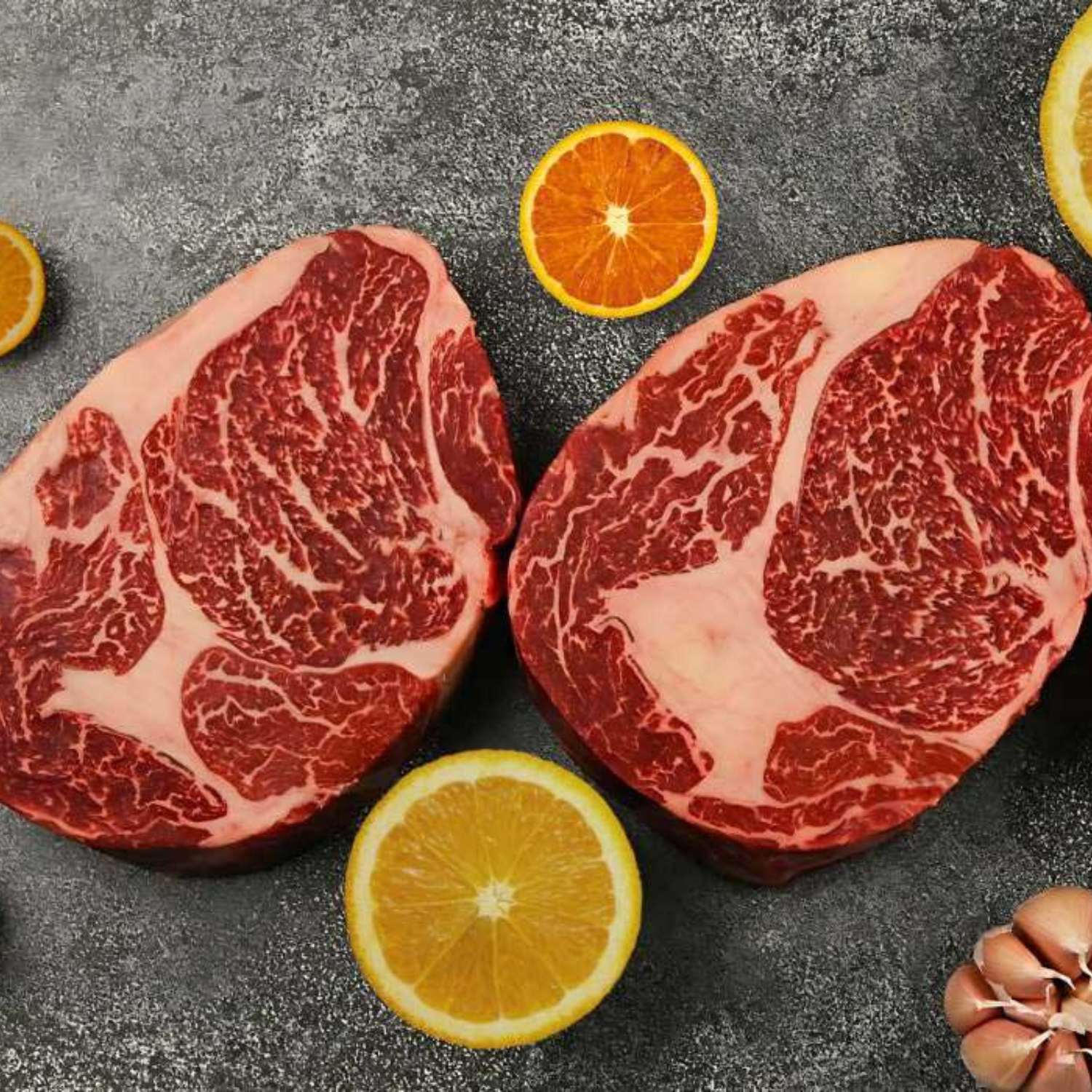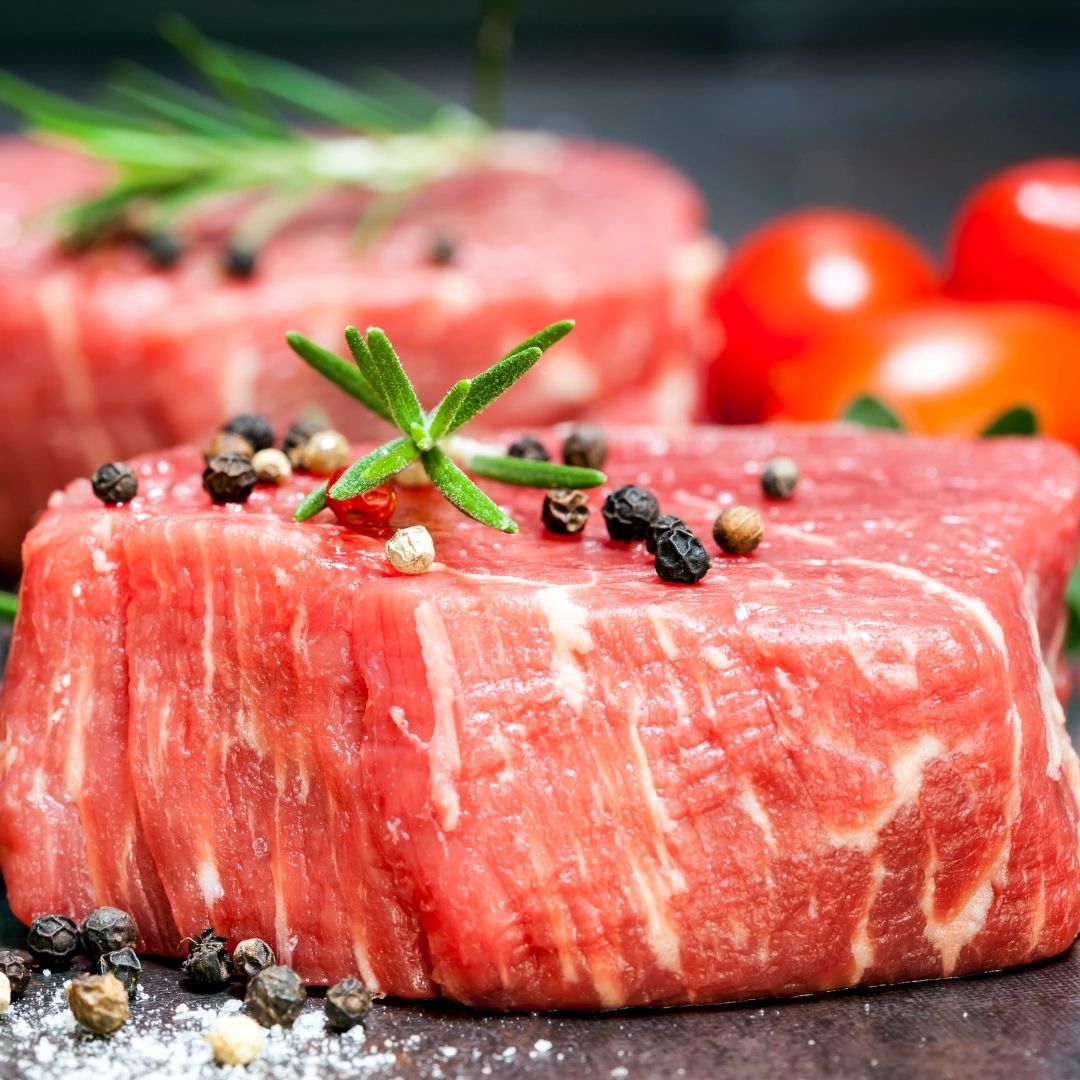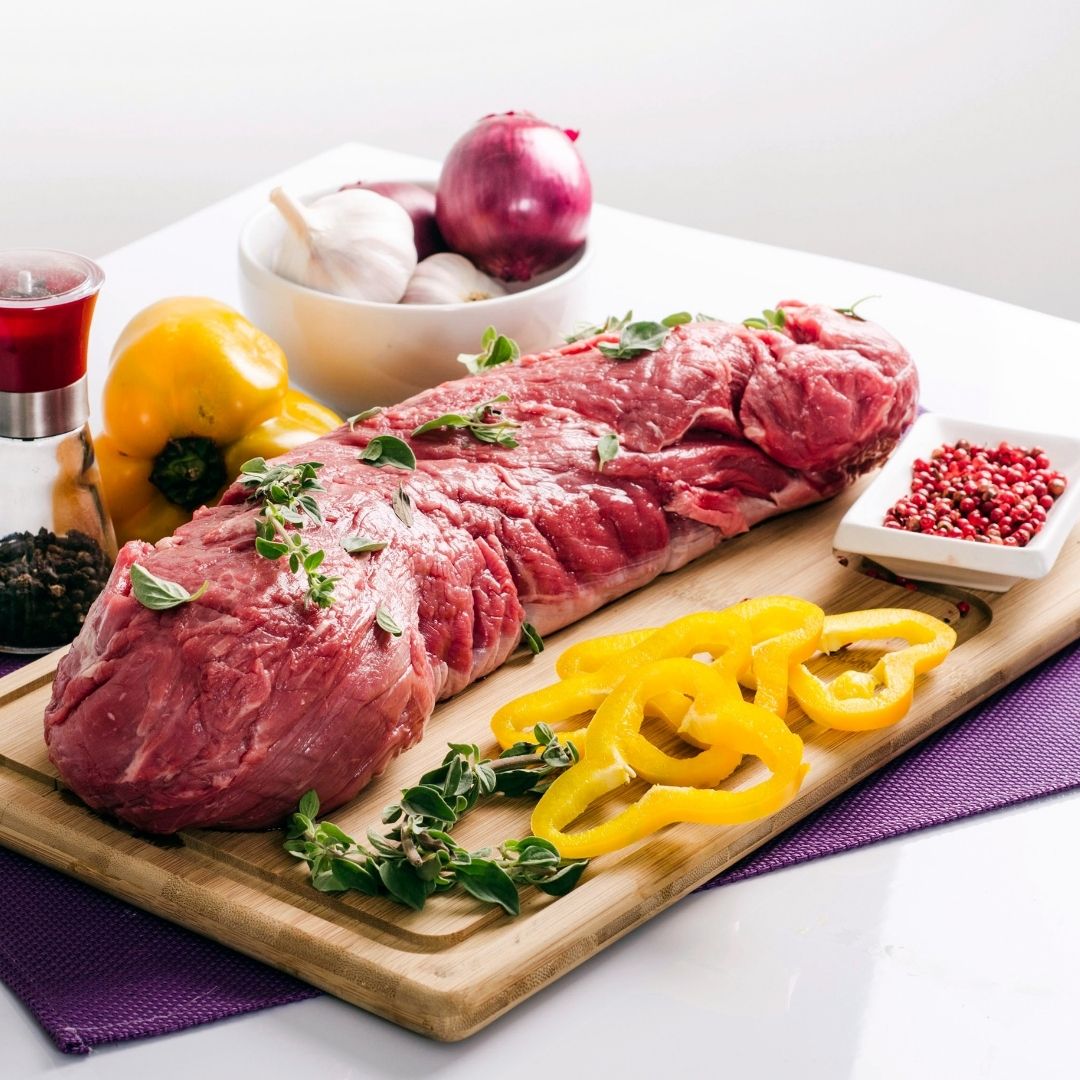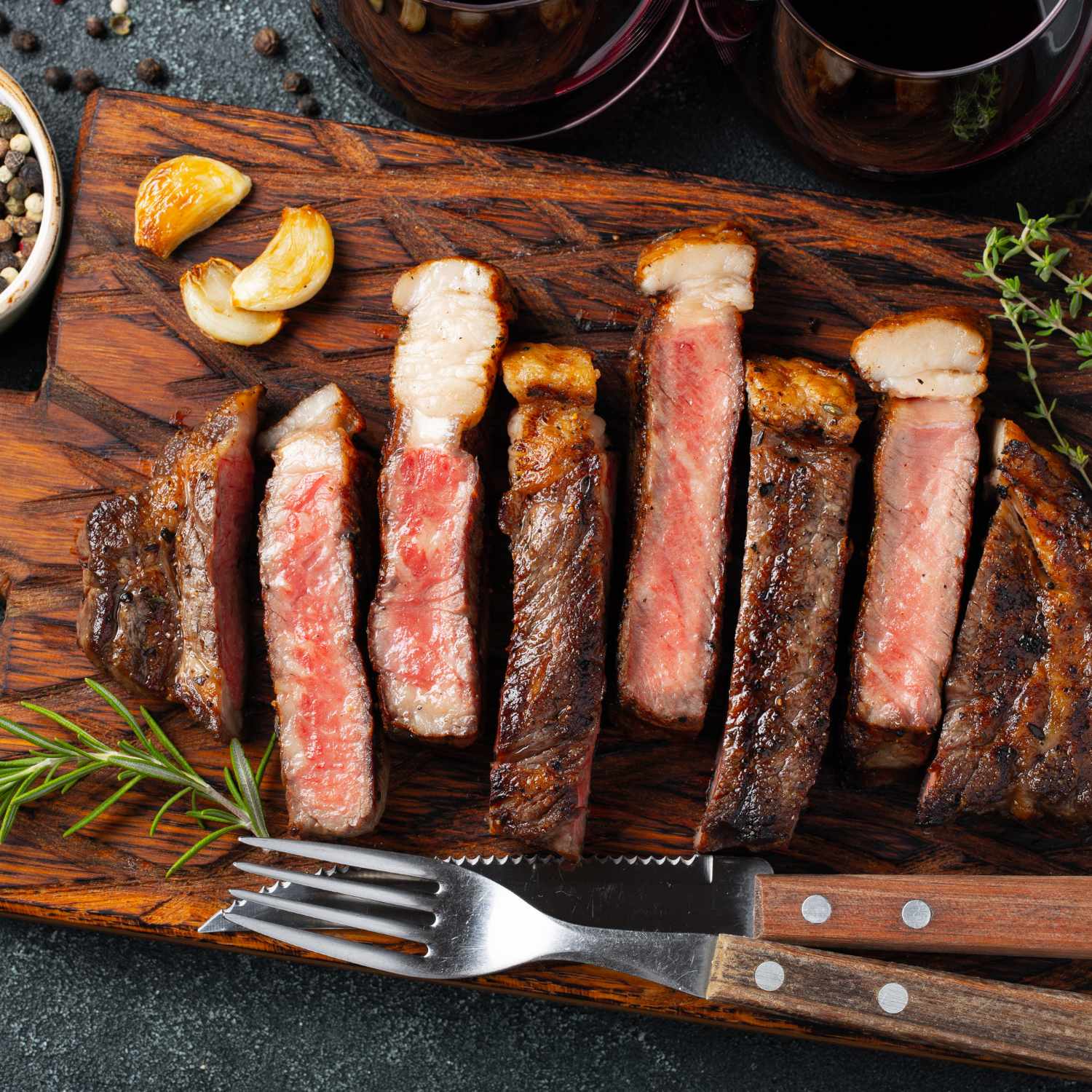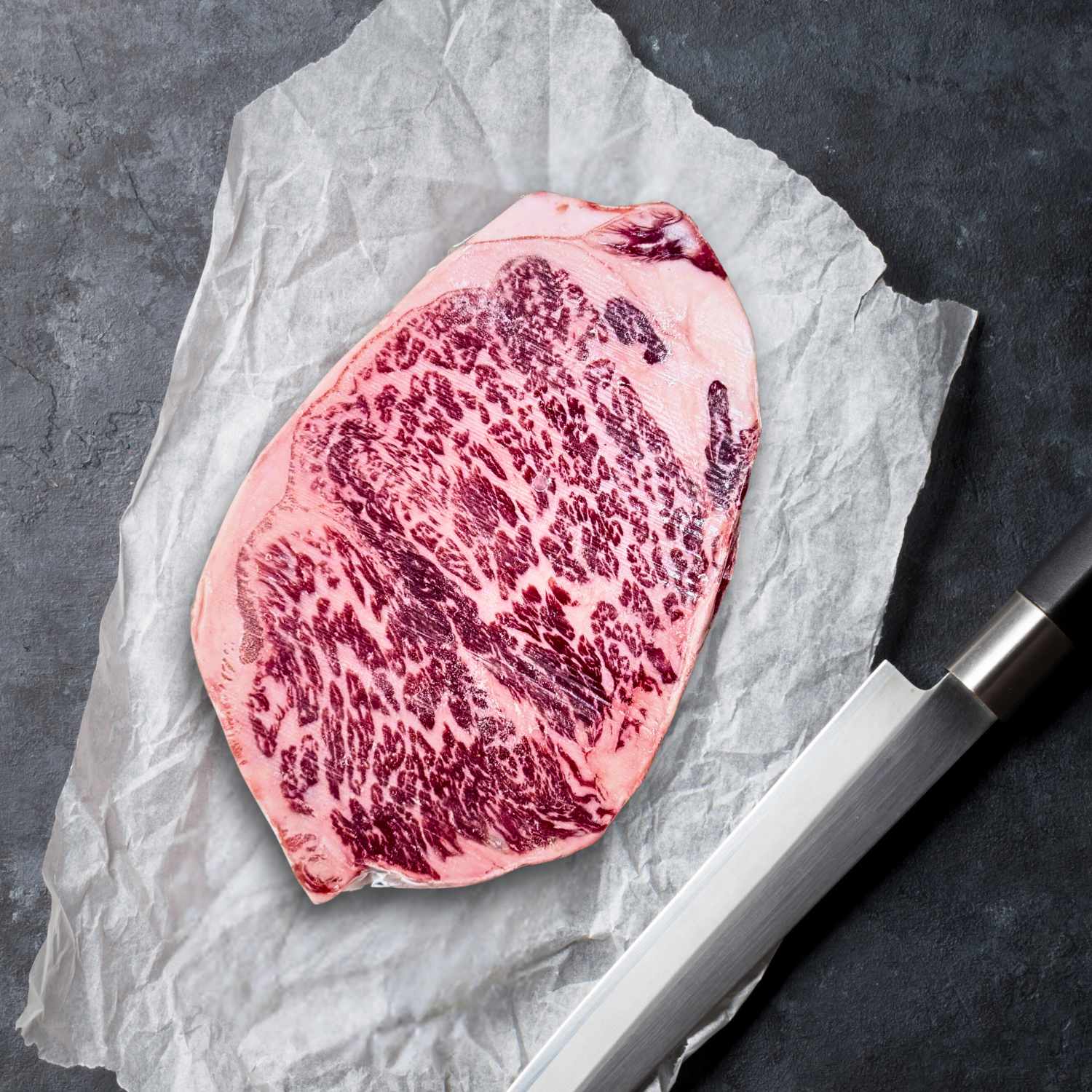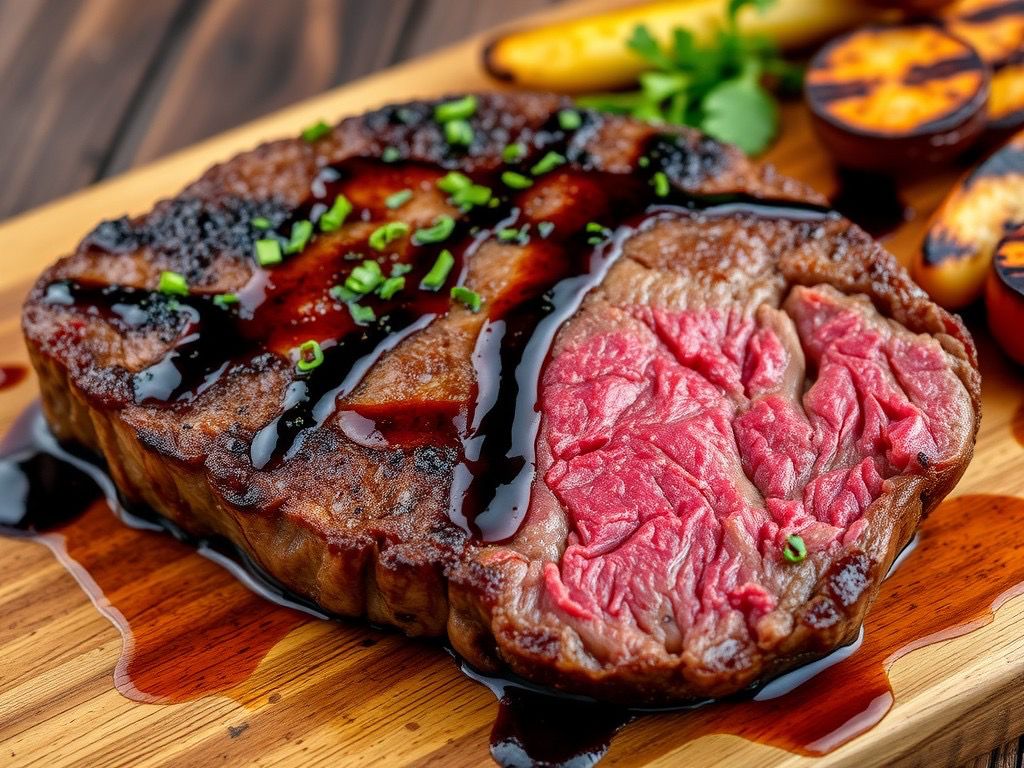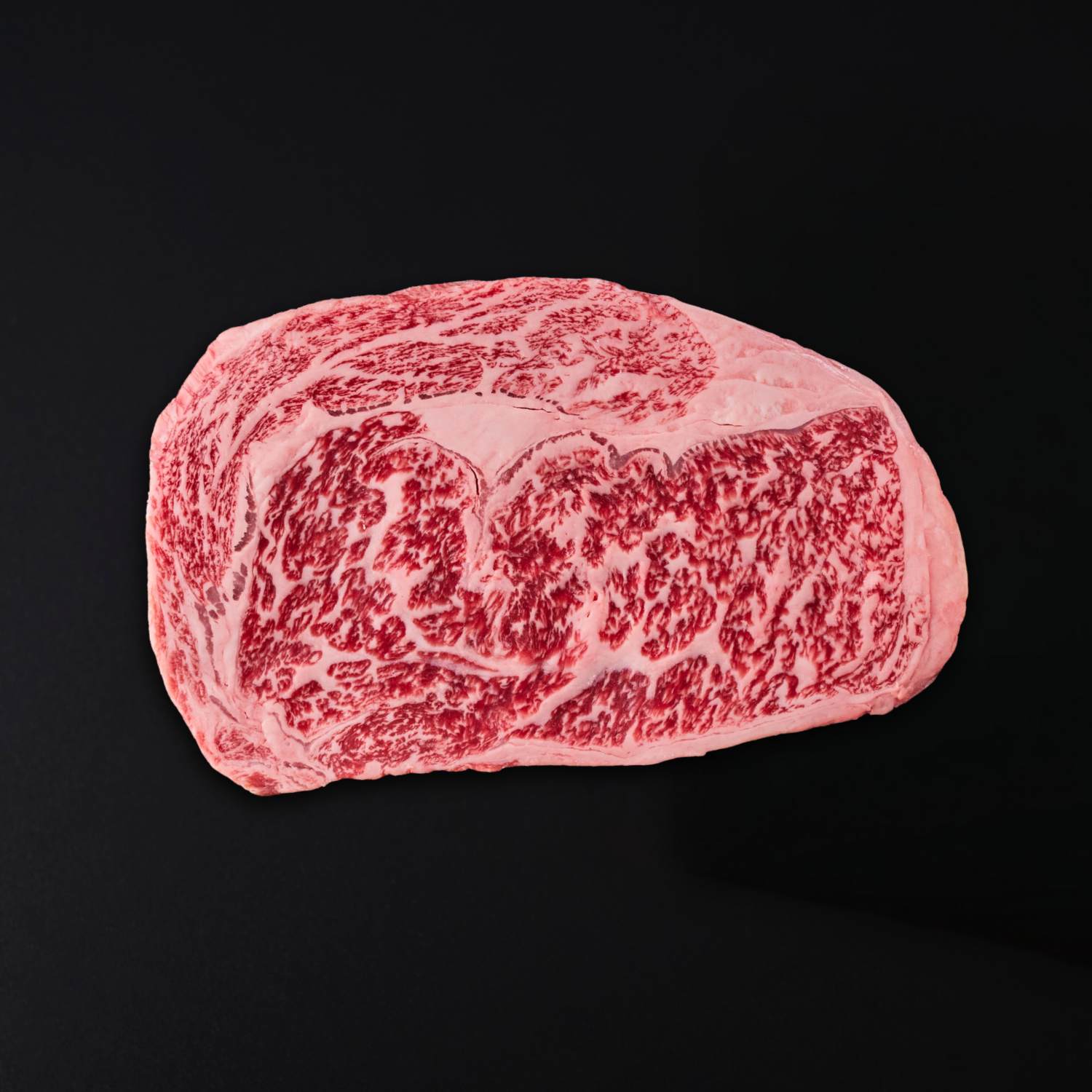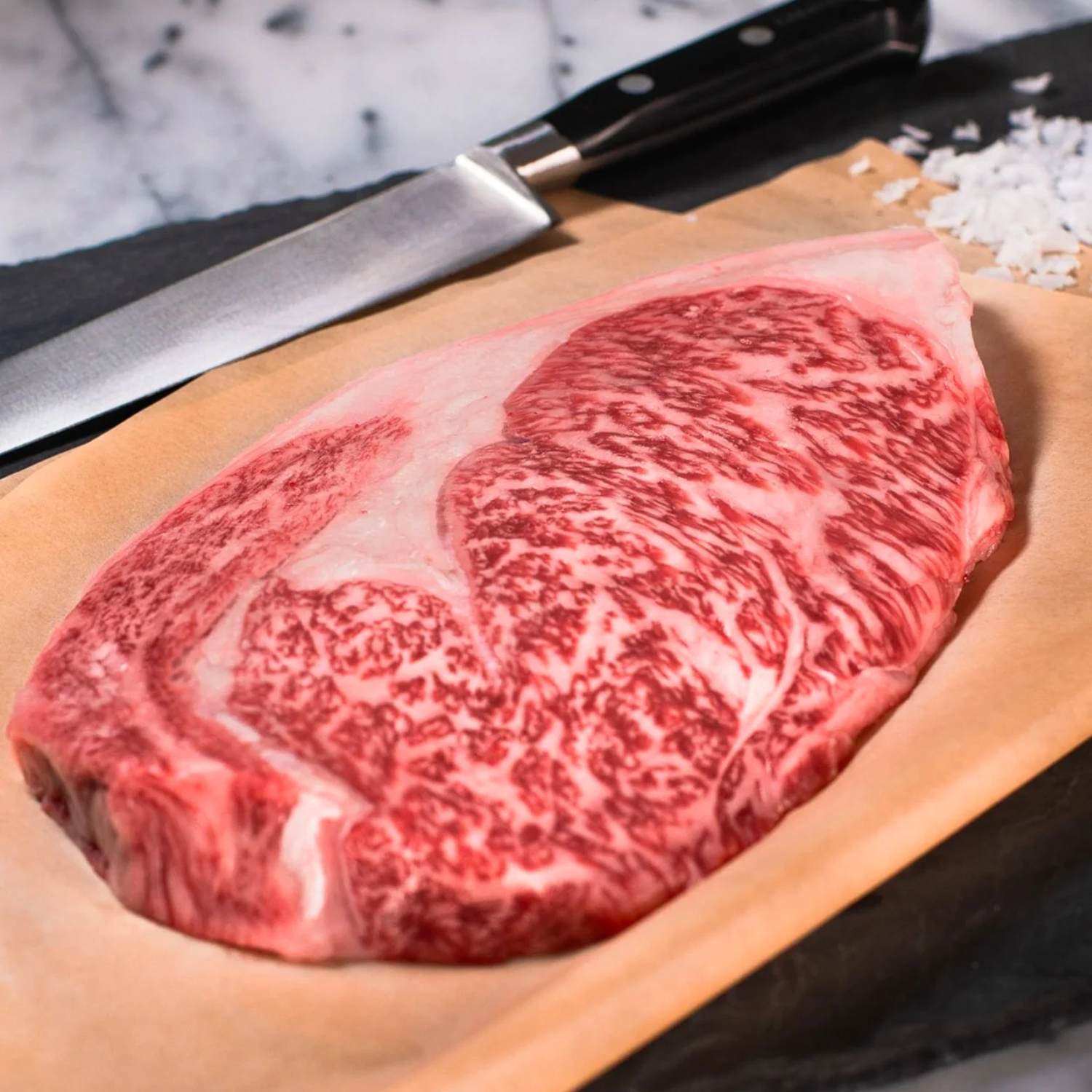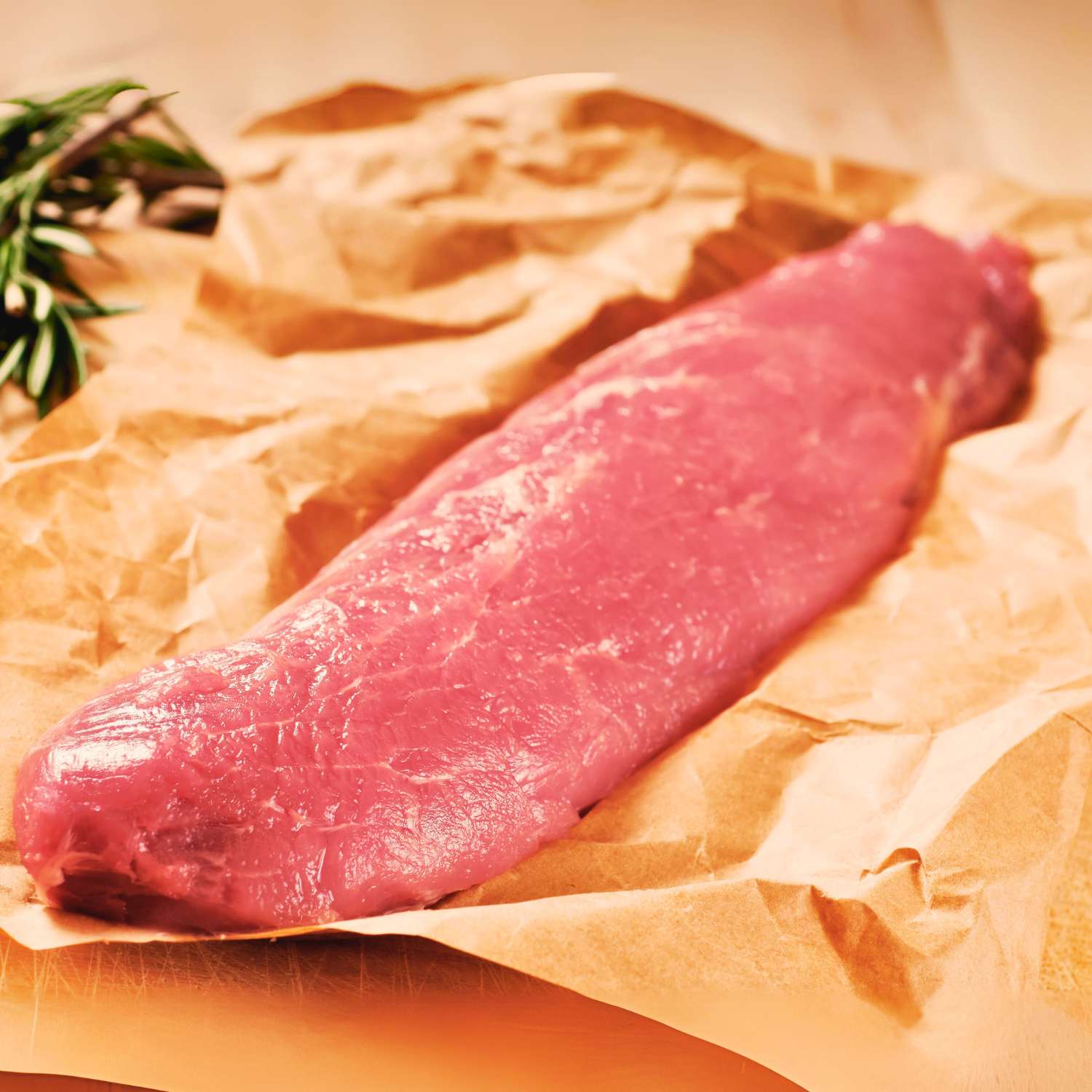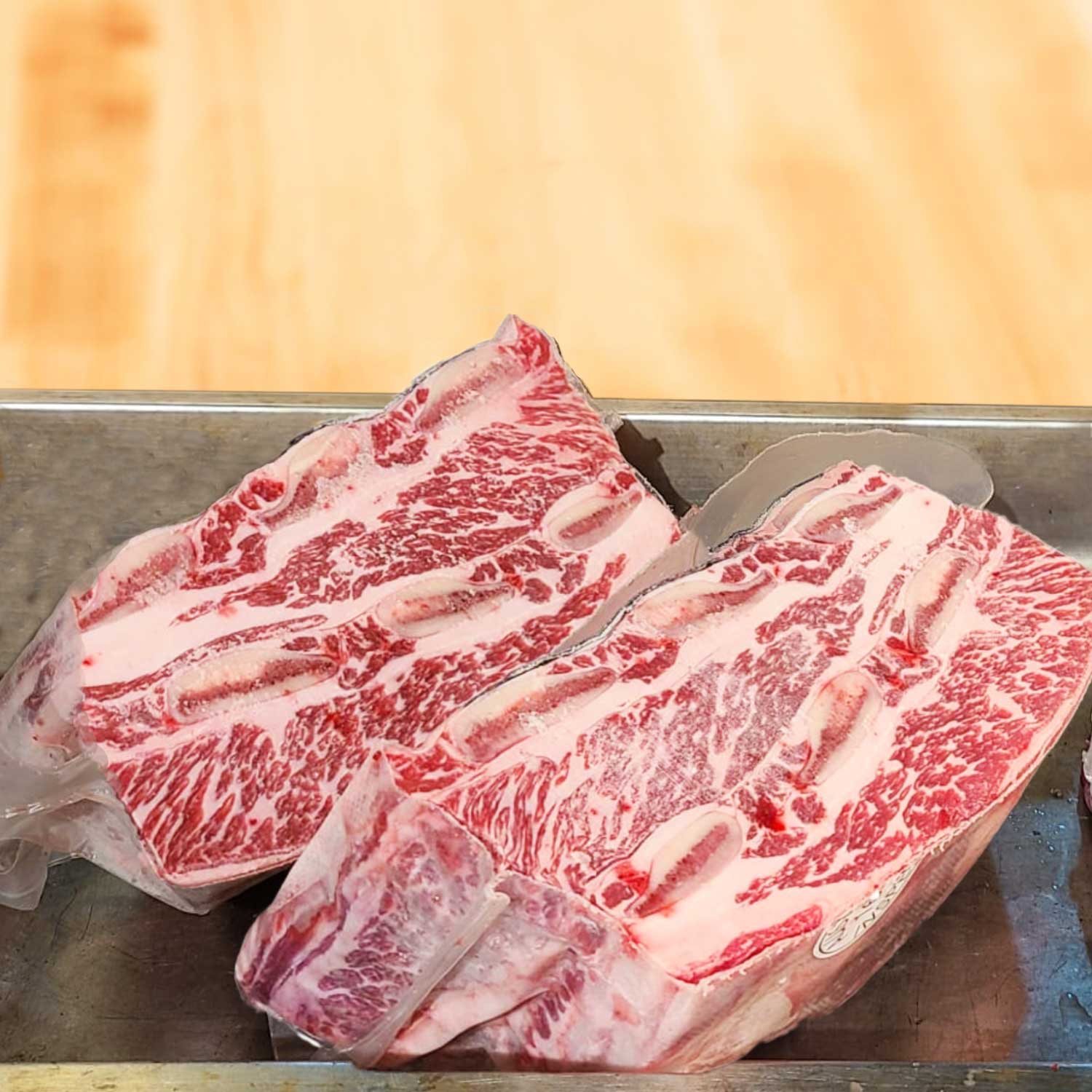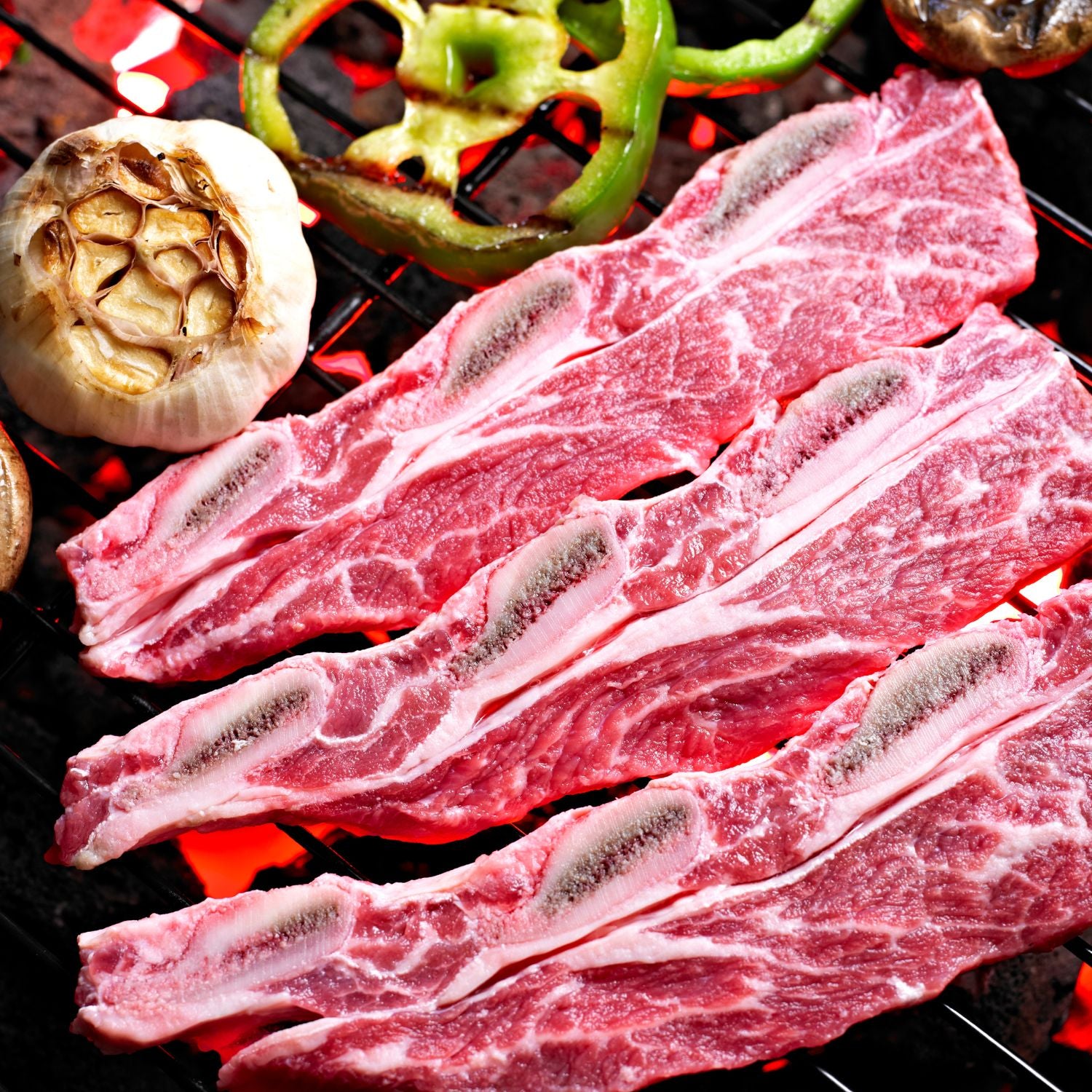Understanding the Anatomy of Quality Beef
Selecting the Right Cuts for Barbecue
Picking the best beef cuts can make or break a barbecue. In Hong Kong, we have a unique taste for beef that suits our local flavors and grilling styles. To select the right cuts, consider the beef's part. Cuts from the back, like sirloin or tenderloin, are prime for grilling. They cook well over high heat and have less fat. Look for a good balance of meat and marbling for flavor. Avoid tough cuts like brisket, unless you plan a slow cook. Remember, the right cut ensures a tender, flavorful barbecue feast.

The Science Behind Beef Tenderness and Flavor
Beef tenderness and flavor come from the muscle and fat. Muscles used less by the cow are more tender. Think of the tenderloin. Fat adds taste. This is called marbling. Good beef cuts have the right balance. They are tender and full-flavored. Collagen in meat breaks down when cooked. This makes it soft. Slow cooking helps this process. It's perfect for tough cuts like brisket. The trick is in the cooking. Temperature and time are key. They change how beef feels and tastes when you eat it.
Top Beef Cuts for Your Grill: Hong Kong Edition
Rib-eye: A Favorite Among Grill Enthusiasts
Rib-eye steak is a top choice for barbecue lovers in Hong Kong. This cut is known for its rich, beefy flavor. Rib-eye comes from the rib section of the cow. It has a tender texture and a good amount of marbling. The fat marbling is key to its taste. When grilled, the fat melts and adds to the juiciness. Rib-eye can be cooked to various levels of doneness. But many prefer it medium-rare to medium. This allows the steak to keep its moisture and tenderness. It's also simple to grill. Season your rib-eye, then sear it on high heat. After searing, cook it on a lower heat to the desired doneness. A well-cooked rib-eye is often a hit at any barbecue in Hong Kong.
Chuck Steaks: The Most Underrated Beef Cuts for Barbecue
Chuck steaks, often overlooked, deserve a spotlight in the world of barbecue, particularly in Hong Kong. Lying near the cow's shoulder, chuck cuts are known for their rich, beefy flavor, stemming from the muscle’s work. They have more connective tissue, which translates into hearty texture when cooked right. Chuck steaks are ideal for a low and slow cook on a Camp Chef Grill, allowing the tissues to break down and become deliciously tender. It's also more affordable than premium cuts, making it great for feeding a crowd. For the best experience, marinate them well to enhance their natural flavor. Here's a quick list to remember:
- Rich in flavor due to active muscle work
- Great texture from connective tissues
- Best cooked using low and slow techniques
- Budget-friendly option for large gatherings
- Benefits from a good marinade
Sirloin and Tenderloin: The Classic Barbecue Choices
In Hong Kong, the sirloin and tenderloin are classic choices for barbecue lovers. The sirloin offers a balance of flavor and tenderness, making it a versatile option for both quick grilling and longer smoking processes. It's fantastic for skewers, steaks, or even diced for kebabs. The tenderloin, known for its buttery texture, is the pinnacle of barbecue luxury. This cut is leaner but requires careful cooking to preserve its delicate flavor. Grilling it to perfection will impress any guest at your Hong Kong BBQ gathering. Both cuts provide a high-end experience for discerning grill masters.
Expert Tips and Techniques for Barbecuing Beef Cuts
Seasoning and Marinating Strategies for Optimal Taste
To make your beef the star of the barbecue, seasoning and marinating are key. Here's how you do it:
- Choose the right seasoning: Salt and pepper are musts. Add herbs for extra flavor.
- Timing matters: Rub salt in at least 40 minutes before grilling. It helps the beef absorb flavors.
- Create a marinade: Mix soy sauce, oil, and spices. Soak the beef for a few hours.
- Go easy on sugar: Too much can cause burning. Use honey or brown sugar sparingly.
- Acid is your friend: Lemon juice or vinegar can tenderize the meat.
These simple steps can raise your barbecue to expert levels. Happy grilling!
Grilling Techniques: From High Heat Sear to Low and Slow Cooking
When barbecuing beef, start with a high heat sear. This creates a tasty crust. Then shift to low and slow cooking. It tenderizes the meat. Here's a simple guide to doing it right:
- Preheat the grill to a hot temperature for searing.
- Sear each side of the beef cut for a few minutes until it's browned.
- Lower the heat or move the meat to a cooler part of the grill.
- Cook it slowly until it reaches the desired doneness.
- Let the meat rest before slicing. This keeps it juicy.
This method works well for different beef cuts. It helps you get the most flavor from your beef.
Monitoring and Maintaining Your Grill Temperature for Perfect Cooking
To barbecue beef perfectly, controlling the grill's temperature is key. Start by heating the grill to the right temp for the cut you're cooking. Use a meat thermometer to check the internal temp as it cooks. Ideal beef cooking temps range from 120°F to 160°F. Keep the lid closed to maintain a consistent temperature. Learn how to adjust the heat if needed - for charcoal, spread or stack coals; for gas, use the knobs. Monitor every few minutes to ensure it stays right. Proper heat management will give you tender, flavorful beef every time.

